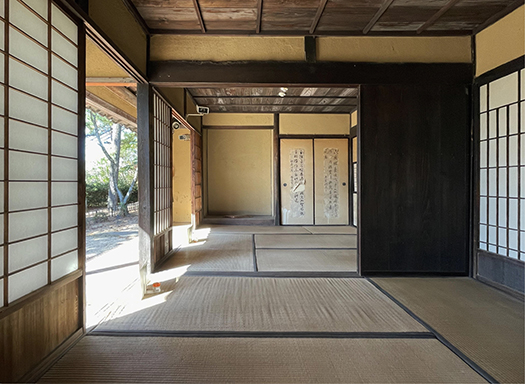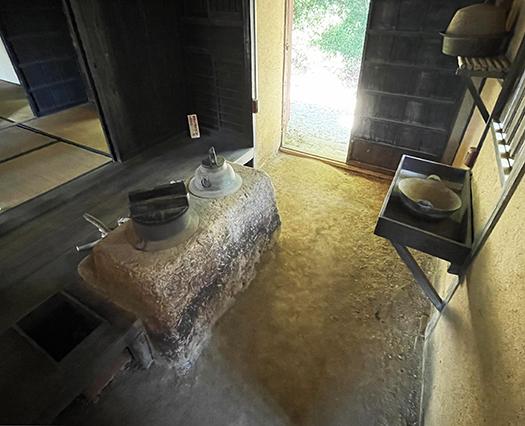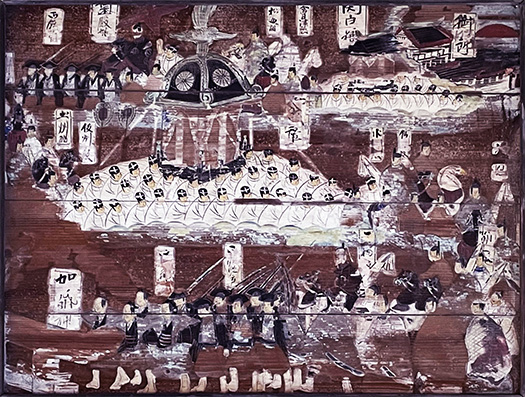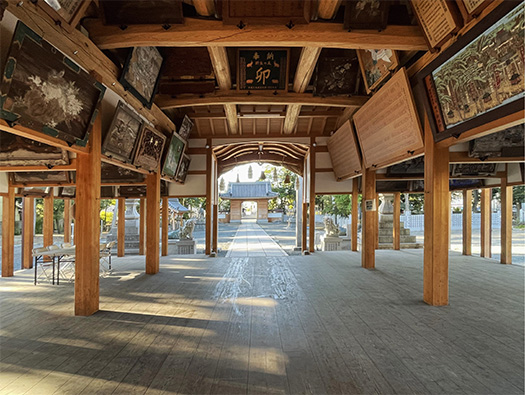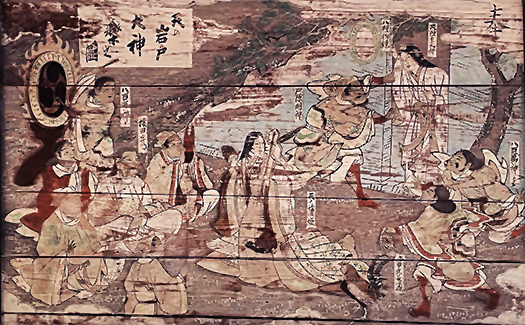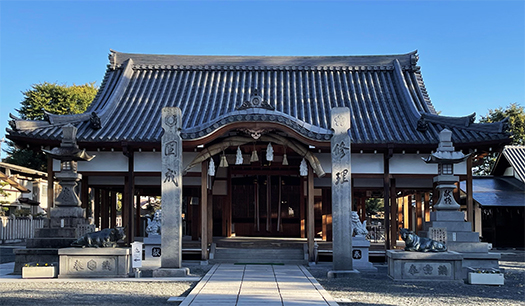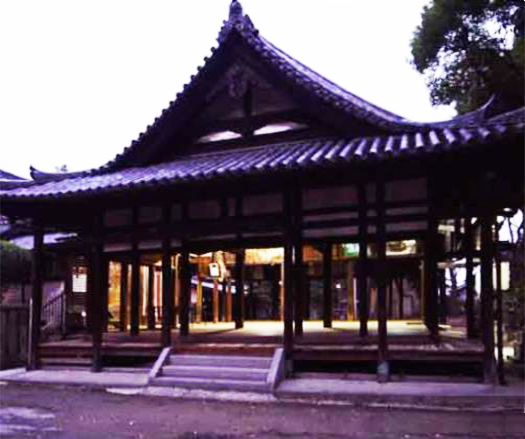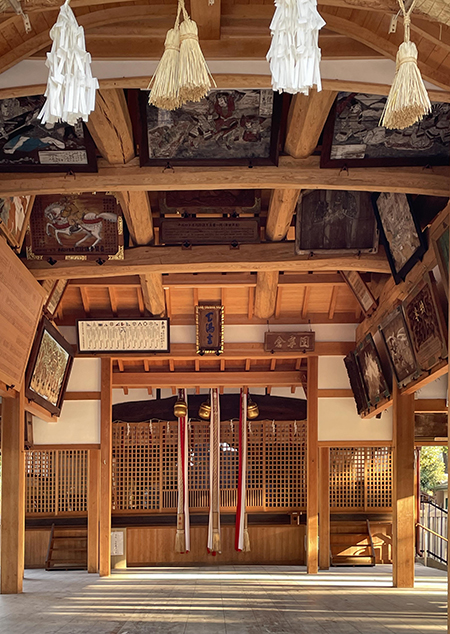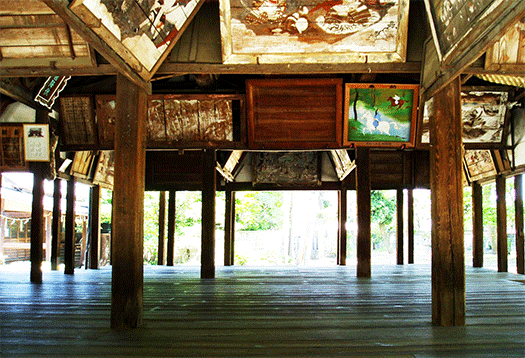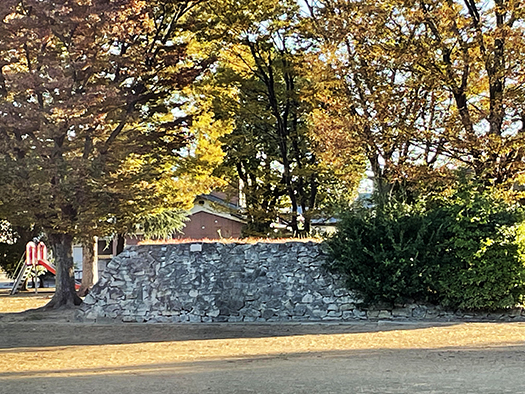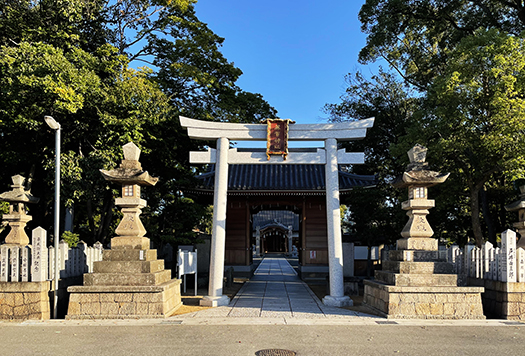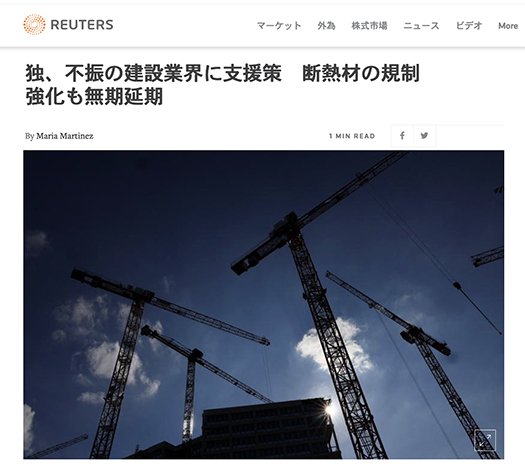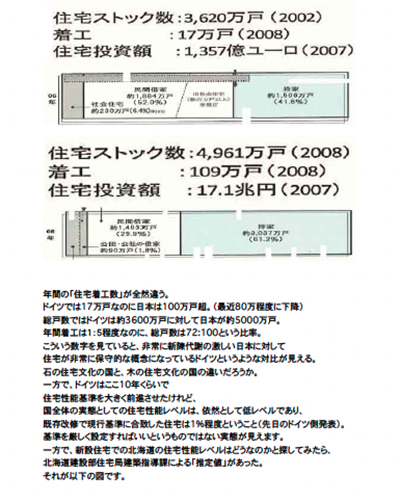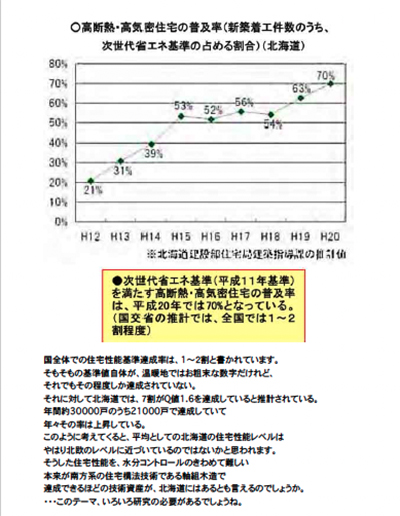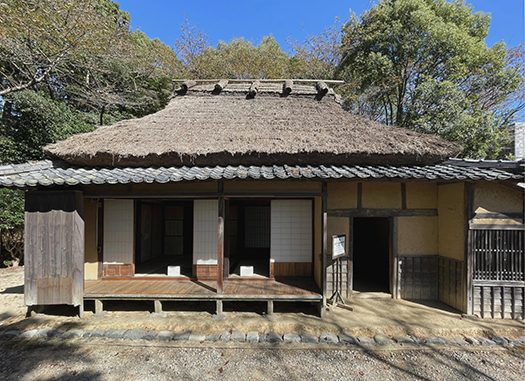
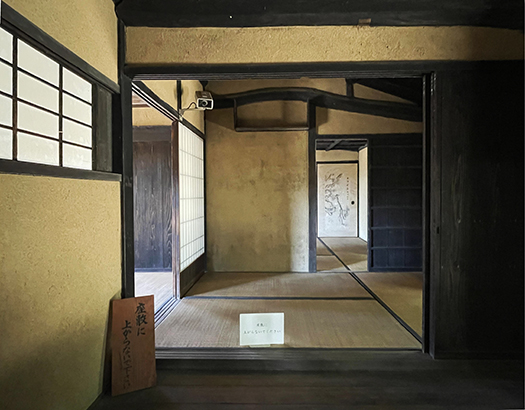
1875年(明治8年)に生まれ1962年(昭和37年)に87年の生涯を閉じた日本民俗学の父・柳田國男さん。その生家を探訪しての「取材」シリーズであります。幼少期に近隣の地域の「知的情報センター」であった、江戸期以来の大庄屋家である三木家住宅の蔵書を耽読したことがエピソードとして知られる。
この播州の英賀をルーツに持つ三木家一族は戦国期の地域武力勢力であった「三木氏」の末裔という伝承を共有している存在。英賀の三木城籠城当時の武家の中には司馬遼太郎さんのご先祖さまもいたという。
どうもこの家系の周辺には歴史とか民俗とかに深い造詣を持たれた人物が発掘される。
こちらの柳田國男さん生家は県の重要文化財指定を受けている。そういうことで公開されているので、その空気感を味わうことができる。柳田國男さんはとくに「小さい家」と生家での暮らしを表象されて民俗学研究の基盤となっていたと告白されている。そしてその出発点は、家の小ささから来る、日本人の暮らしようへの強い思いだったのだろうと思われる。
日本人と住まい、という意味ではその後のわたしたち北海道人はまさにその点で、好むと好まざるに関わらず、直接的に向き合わさざるを得ず、結果として「高断熱高気密」という住宅技術の開発・摂取に向き合って行った。民族の北方展開フロンティアとして「すみごこち」に向き合って、住宅性能向上という大テーマに立ち向かって行った。そのときに日本の伝統的住宅工法に「解」を求めたけれど、残念ながらその道は開かれず、やむなく北欧や北米に知見を求めた。高断熱高気密という工法の道筋は開けたけれど、建築工法は日本独特の木組み、柱・梁で構造を作る「在来工法」。必然的に出来上がる「部材間のスキマ」は活発な空気流動を必然化させて、あたたかい家という目的には、基本的に合致しない。むしろ、その空隙は材の乾燥を維持させる家の長命化根拠ともされていた。そういうなかから地域の官民学総体で工法発展に全力を挙げてきた。
たぶん柳田さんのような方が北海道に生を受けていれば、また違った民俗学に集大成したのかも知れないという想像を抱いている次第です。
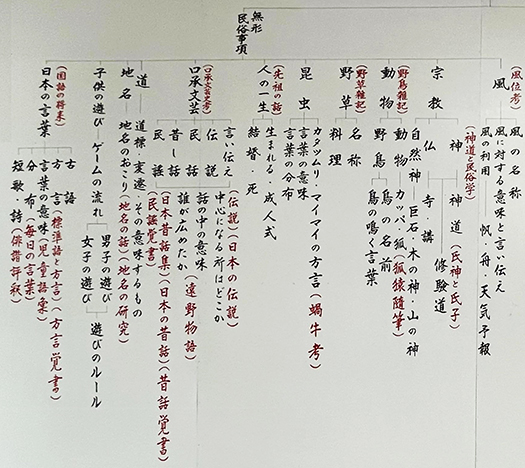
図は柳田國男の民俗学の解明領域をあらわしたもの。その研究の基盤領域として大きく「民家」が示されて、その素材、工法の研究が挙げられている。
たぶん、このスタートラインが北海道民にとっては決定的にこだわらざるを得なかった部分。播州と、当時はまだ人口進出の進んでいなかった「新開地」北海道の相違になったのでしょう。人生を決定づけたであろう青春期に柳田さんが多少なりとも北海道と縁を持てば、日本の住文化は違う展開だったかも知れない。そのあたりが、ミッシングリンクという思い。
同じく住宅への強い興味を出発点としながら、一方は民俗学の創始に至り、かたや北海道民は非文学的・非情緒的な理性的透明性に向かったと言えるのでしょうか。文学と科学か。
English version⬇
The Missing Link Between Smallness and Coldness of Houses – Folklore and Highly Insulated Houses – 2
From the mid-Meiji period to the mid-Showa period, there was a difference in the direction of housing culture development. One was toward emotionality, the other toward rational transparency. …
Kunio Yanagida, the father of Japanese folklore, was born in 1875 and passed away in 1962 after 87 years of life. This is a series of “interviews” exploring his birthplace. He is known for an episode in his childhood when he indulged in reading books in the collection of the Miki family residence, a large headman’s family since the Edo period, which was an “intellectual information center” for the neighboring community.
The Miki family, which has its roots in Eiga, Banshu, shares the tradition of being descended from the Miki clan, a local military force during the Warring States period. It is said that Ryotaro Shiba’s ancestors were among the samurai families at the time of the siege of Miki Castle in Eiga.
Apparently, people with a deep knowledge of history and folklore have been discovered in the vicinity of this family.
Kunio Yanagida’s birthplace has been designated an important cultural property by the prefecture. As such, it is open to the public so that visitors can experience the atmosphere of the house. Kunio Yanagida confessed that the “small house” and the life in his birthplace were the basis of his folklore research. The starting point of his research was probably his strong desire for the Japanese way of life, which comes from the smallness of the house.
In terms of the Japanese and housing, we in Hokkaido were forced to directly confront this very point, whether we liked it or not, and as a result, we faced the development and consumption of “highly insulated and airtight” housing technology. Facing “Sumigokoshiki” as the frontier of the northern development of the people, they confronted the major theme of improving housing performance. At that time, I sought a “solution” in traditional Japanese housing construction methods, but unfortunately that path was not open, and I was forced to seek knowledge in Northern Europe and North America. Although a path was opened for a highly insulated and airtight construction method, the construction method was the “conventional construction method,” which is based on the unique Japanese wooden structure of posts and beams. The “gaps between members” that inevitably form between members inevitably lead to active air flow, which is fundamentally incompatible with the goal of a warm house. Rather, the voids were considered to be the basis for maintaining the dryness of the wood and thus prolonging the life of the house. It was against this backdrop that the local government, private sector, and academia all made efforts to develop the construction method.
I imagine that if a person like Mr. Yanagida had been born in Hokkaido, he might have compiled a different kind of folklore.
The figure shows the areas of Yanagida Kunio’s ethnography. As the basic area of his research, “minka” is shown as a large area, and the study of its materials and construction methods is mentioned.
Perhaps, this starting point is the area that Hokkai-do people had no choice but to stick to. It probably became the difference between Banshu and the “newly developed” Hokkaido, which at that time had not yet advanced in population. If Mr. Yanagida had had some connection with Hokkaido in his youth, which would have determined the course of his life, Japan’s residential culture might have developed differently. This is the missing link in my mind.
While both share the same strong interest in housing as their starting point, one has led to the creation of folklore, while the people of Hokkaido have moved toward a non-literary and non-emotional rational transparency?
Posted on 11月 15th, 2023 by 三木 奎吾
Filed under: 住宅性能・設備, 日本社会・文化研究 | No Comments »



